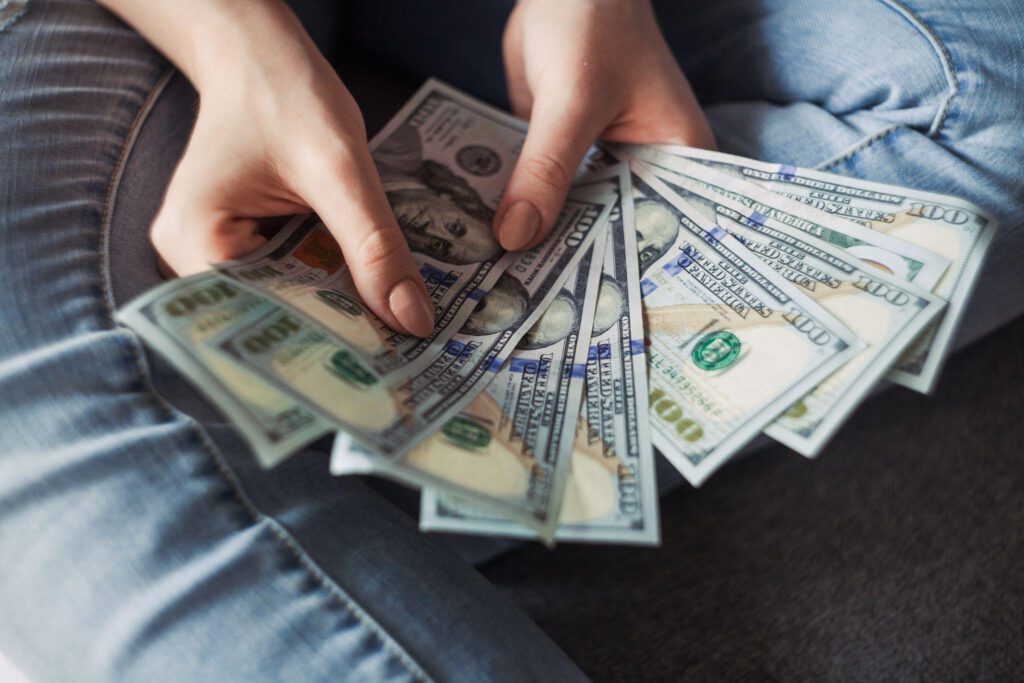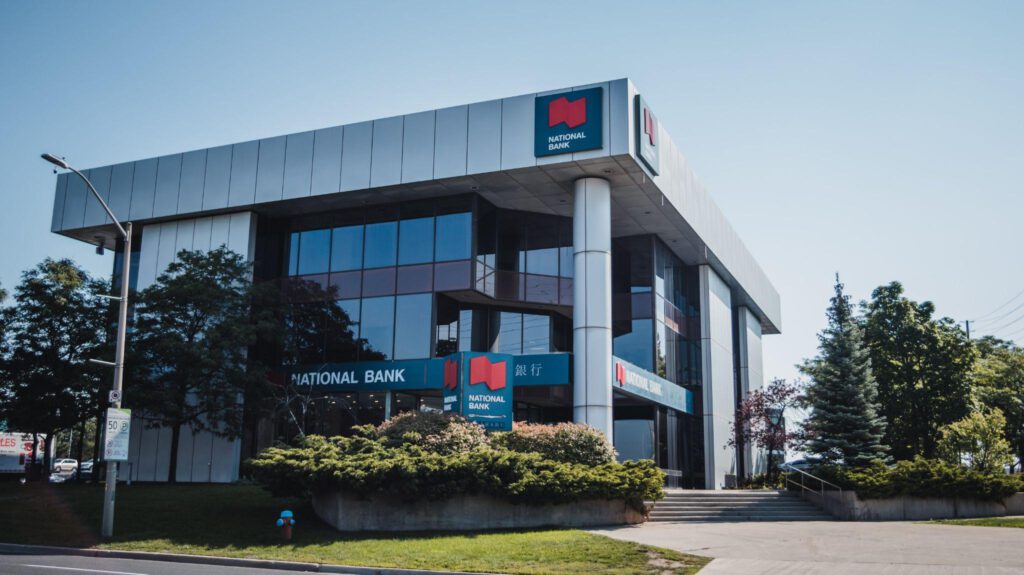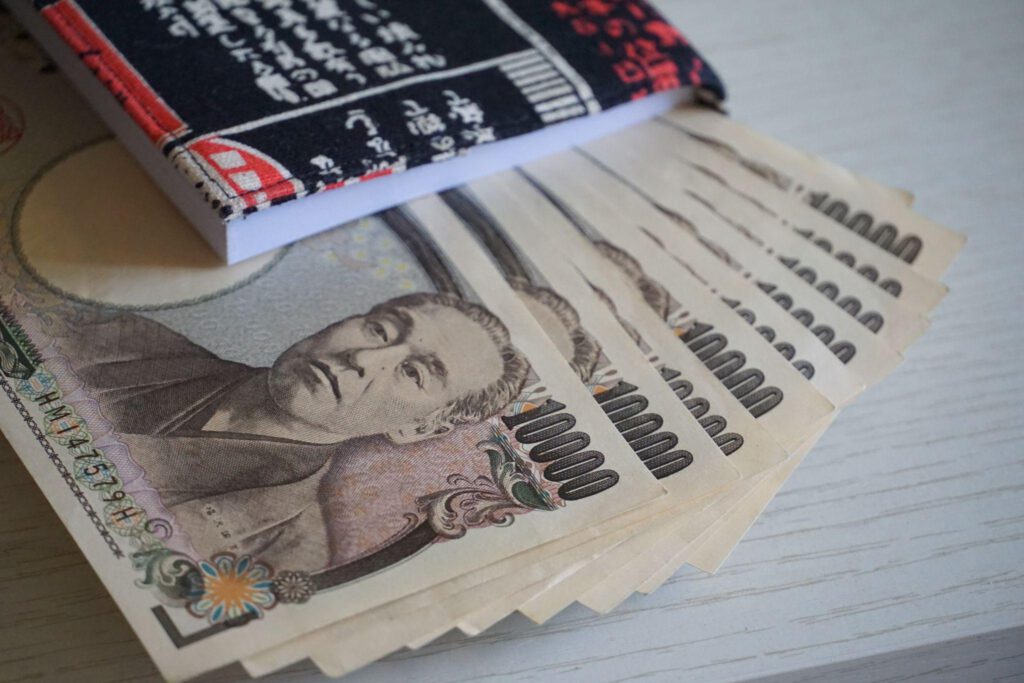As markets enter a new year, the focus is mostly on central bank policymakers. Currency exchange rates mostly followed relative central bank policy, as markets are preparing for tightening. Economic recovery and inflation are at a multi-decade high and show no signs of slowing down.
USD Surges On Hawkish Fed
The month started with the dollar rising. A strong economy, labor shortage, and rampant inflation contributed to bets that the Fed will have to turn hawkish.
This was soon confirmed by the Fed itself. The Federal Reserve’s Open Market Committee, a body responsible for setting monetary policy, suggested cutting stimulus quicker than expected.
At the time, Fed officials projected they might raise rates three times in 2022, in order to combat inflation.
Mid-week, consumer prices rose by 7%, the highest increase in 39 years. The dollar index fell 0.7% on the news, as inflation was not accompanied by any more hawkish actions by the Fed.
Near the end of the month, Fed Chairman Jerome Powell vowed to combat inflation. At the January FOMC policy meeting, Powell said there’s a risk that inflation might move even higher.
“In light of the remarkable progress we’ve seen in the labor market and inflation that is well-above our 2% long-run goal, the economy no longer needs sustained high levels of monetary policy support,” he added.
The comments sent the dollar surging to an 18-month high, in a since largest daily move since the start of the pandemic.

Photo by Alexander Mils on Unsplash
Euro Drops on Hot Inflation, Dovish ECB
The euro hit a rough start in January, as consumer inflation reached a record high. December CPI rose by 5%, the fastest rate since the Fed began keeping records. Inflation data put pressure on the Euro.
Moreover, the European Central Bank was not too keen on raising rates. Mid-month, an ECB official warned that raising rates too soon could ‘choke’ the recovery.
ECB executive board member Isabel Schnabel claimed that inflation would fall significantly over the medium run, effectively calling in transitory.
“That is why we are not raising interest rates now, as some are calling for,” she said.
Still, markets were not convinced by the ECBs case, and the Euro declined precipitously. Inflation concerns caused the index to drop from 114 to 111 by the end of the month, as analysts projected a dovish ECB.

Photo by bruno neurath-wilson on Unsplash
Pound Hits Records on Rate Hike Bets
The pound started off strong in January, hitting 2-year highs against the euro and 2-month highs against the dollar.
Its relative strength came from expectations that the Bank of England will raise rates sooner than other major central banks. In fact, the BoE was the first major central bank to raise rates since the pandemic, upping rates by 0.25% in its December meeting.
Now, economic data suggests that more rate hikes will be required. Inflation had hit the highest rate in 30 years, at 5.4%. The pound rose to new highs against the euro and the dollar as investors expected it to cut rates fastest.
Near the end of the month, the pound rose as investors expected the BoE to raise rates for the second time in two months. They expected the second rate hike in early February.
BoC Delays Rate Hikes
January started strong for the Canadian dollar, as it approached a 7-week high against the U.S. dollar on strong jobs numbers and rising oil prices.
Later, hot inflation data contributed to bets that the Bank of Canada will raise rates soon, perhaps even in January. Inflation data came out at 4.8%, a 30-year high.
However, during its policy January meeting, the BoE decided to maintain the key policy rates at their previous levels. Still, they signaled that rate hikes might be coming soon, as the economy no longer needed its help to deal with COVID.

Photo by PiggyBank on Unsplash
Japan Hints At Policy Reversal
Yen started the month slow, with its real effective rate falling to the lowest level in 50 years against the dollar, slashing the purchasing power of Japanese consumers.
This put pressure on the Bank of Japan, both from consumers and the government. Mid-month, the Bank of Japan officials debated on when to start talking about an eventual rate hike, which could come even before inflation hits 2%.
Soon thereafter, the BoJ raised concerns by upping its inflation forecast from 0.9 percent to 1.1 for the fiscal year starting in April. However, despite inflation forecasts, BoJ maintained that it will not raise rates any time soon.
After the announcement, traders speculated that the BoJ might be forced to act more aggressively to rising prices. In particular, analysts at JPMorgan asked “what if the BoJ blinks” in their weekly note to investors.
Still, investors saw that a worsening economic outlook together with the COVID 19 pandemic could help reduce inflation pressures.

Photo by jun rong loo on Unsplash
Wrapup
Conditions in January prompted most major central banks to make a hawkish turn. This includes the ECB and the BoJ, which were reluctant to reduce support in the past. Economic numbers pushed in that direction, with inflation numbers at their highest levels in at least 30 years. Moreover, Japan saw its exchange rate crash against other major currencies.




